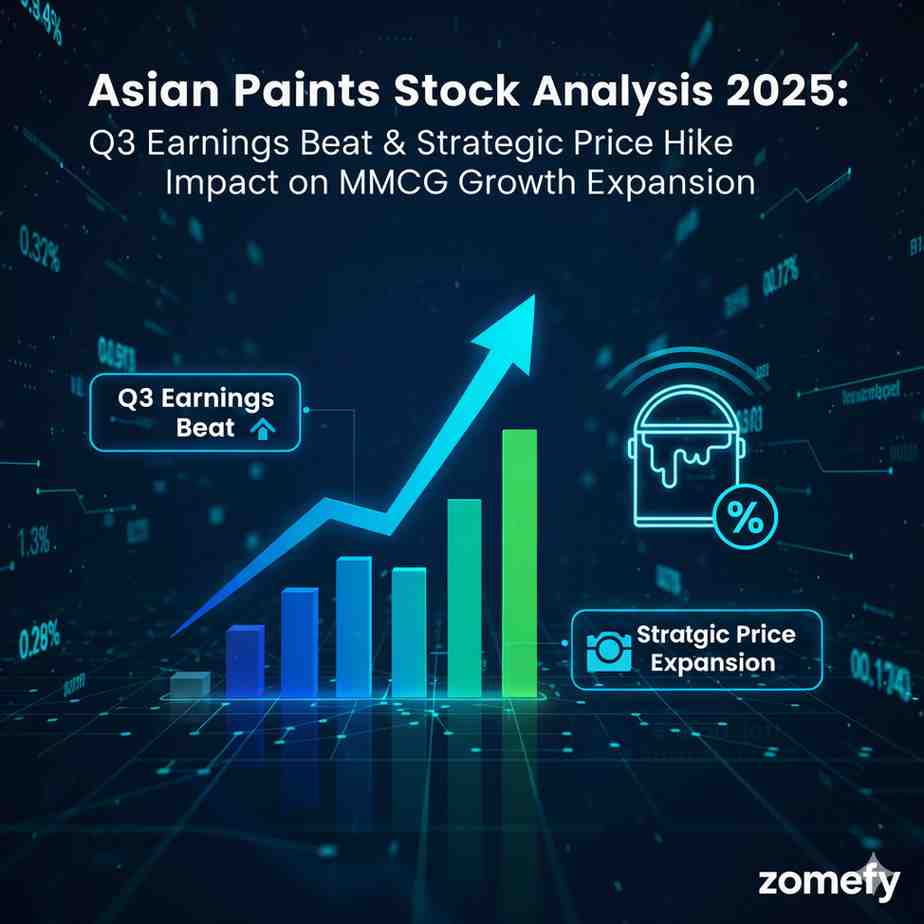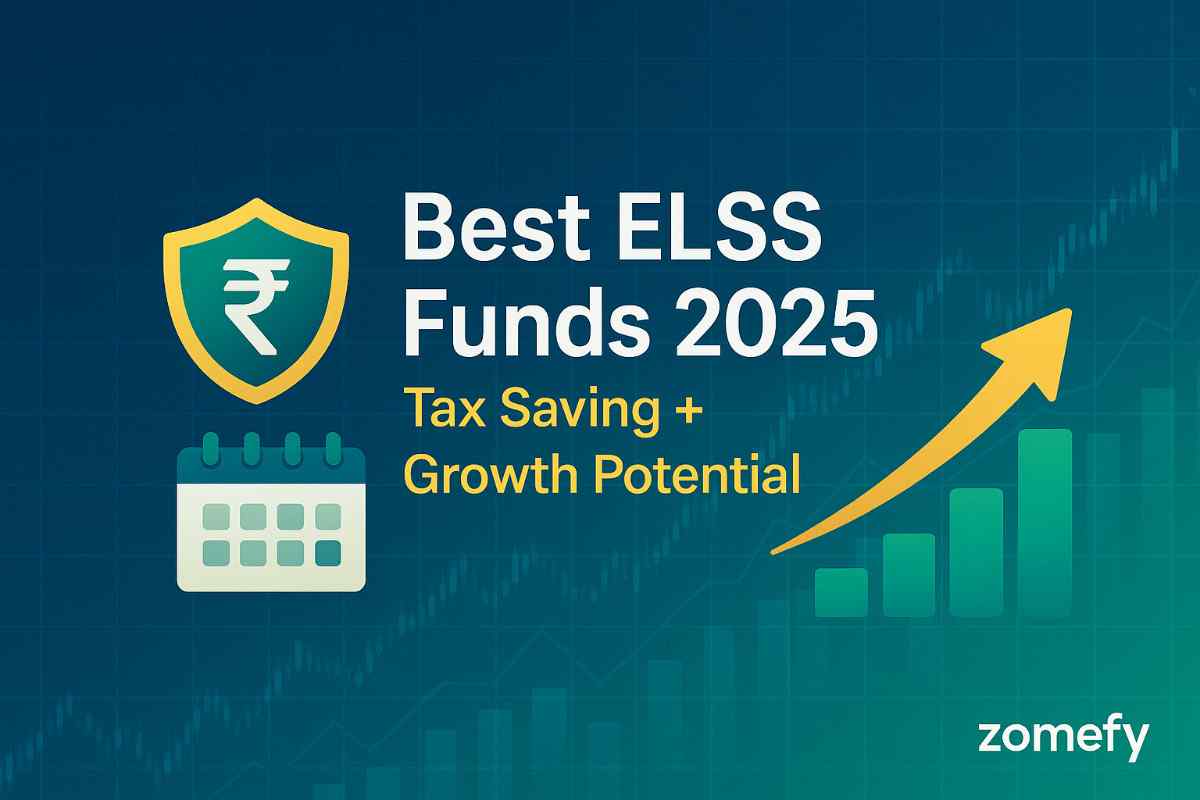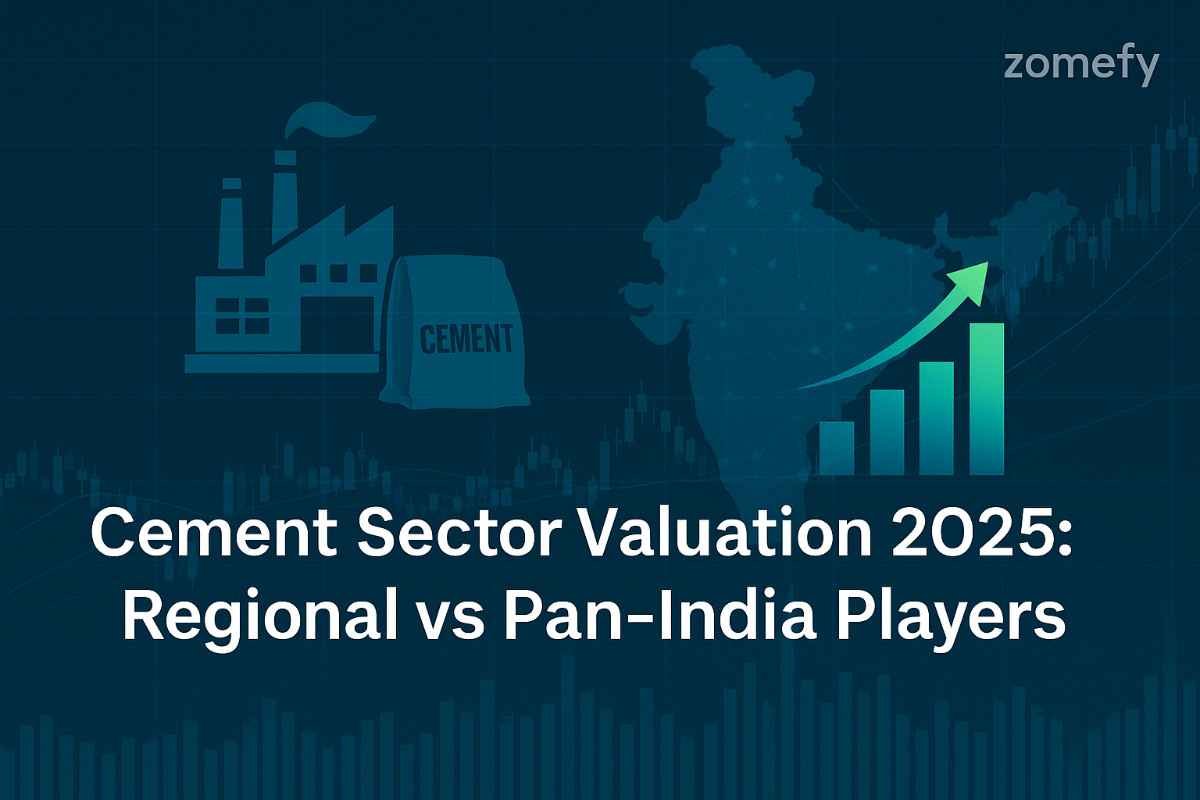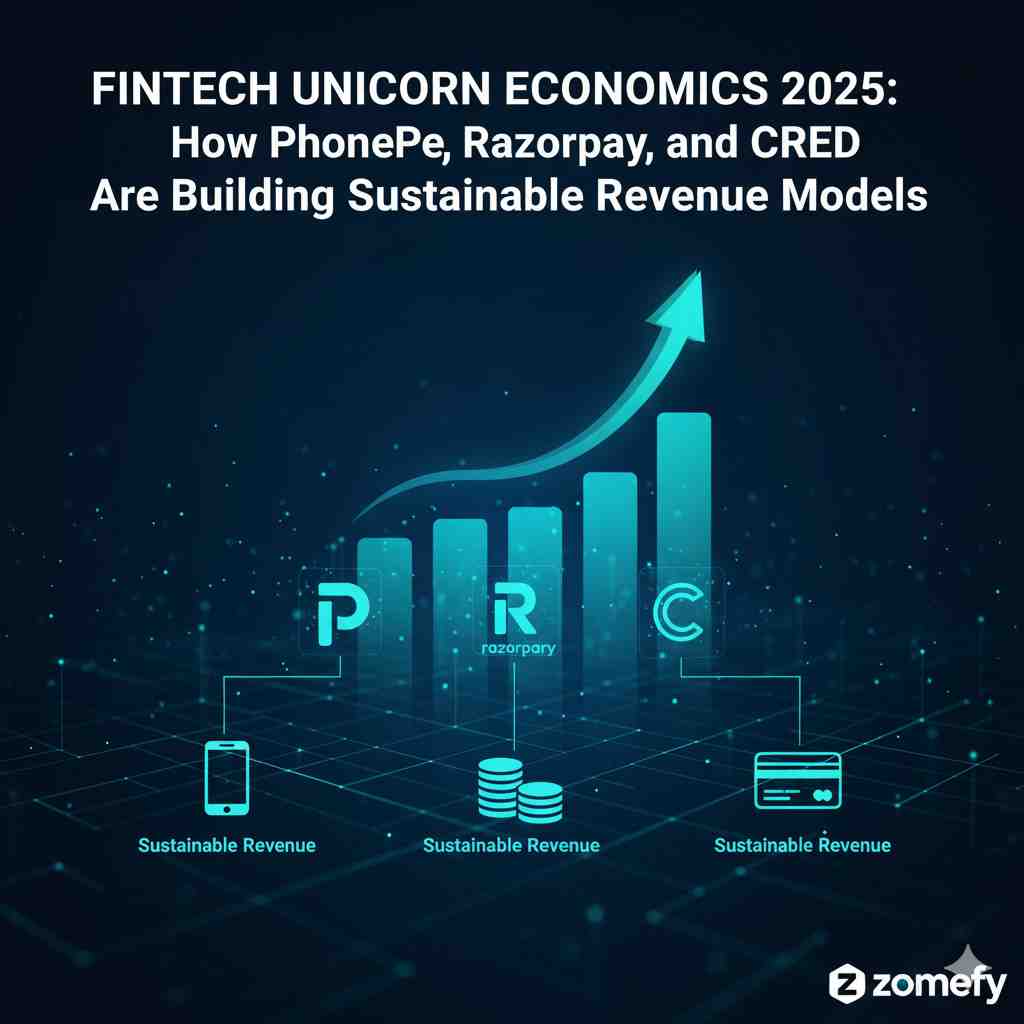India's Economic Resilience in 2025: Unpacking GDP Growth, Inflation, and Employment Trends
India’s economic landscape in 2025 reflects a complex interplay of resilience and challenges amid a shifting global and domestic environment.
India's Economic Resilience in 2025: Unpacking GDP Growth, Inflation, and Employment Trends
What You Can Do Next
- Read the full article for complete insights
- Save for later reference
- Share with others learning about this topic
Image not available
India’s economic landscape in 2025 reflects a complex interplay of resilience and challenges amid a shifting global and domestic environment. Despite a notable slowdown from the extraordinary post-pandemic surge, India’s GDP growth remains robust at around 6.5% to 6.7%, positioning it as one of the fastest-growing major economies worldwide. Inflation remains a critical focus, moderated by the Reserve Bank of India’s calibrated monetary policy and evolving supply-side dynamics. Employment trends reveal gradual recovery and structural shifts, influenced by technology adoption, sectoral transitions, and government initiatives such as the National Employment Policy. For retail investors and financial professionals, understanding these macroeconomic trends is crucial to navigating investment opportunities and risks effectively. This article unpacks India’s GDP growth trajectory, inflation dynamics, and employment patterns in 2025, supported by data and practical insights tailored for the Indian market context.
GDP Growth in 2025: Navigating Between Momentum and Headwinds
India's GDP growth for the fiscal year 2024-25 is estimated at 6.5%, marking a slowdown from the 9.2% growth recorded in FY2023-24. This deceleration reflects a return to more sustainable growth levels after the pandemic recovery surge, influenced by tighter monetary policy from the RBI, elevated global energy prices, and slower growth in key Asian economies. Despite these headwinds, the growth rate remains above the historical average of around 6.4%, underscoring India’s economic resilience. Morgan Stanley’s upward revision to a 6.7% forecast for FY2025-26 factors in strong Q1 results with 7.8% growth, robust consumption, and expected GST rate cuts designed to stimulate demand. Key sectors driving GDP include manufacturing, services, and agriculture, with agriculture benefiting from a favorable monsoon and good kharif sowing. However, external demand remains subdued due to global trade tensions and higher US tariffs, partially offset by front-loading of exports before tariff hikes. For investors, this environment suggests opportunities in domestic consumption plays, infrastructure, and export-oriented companies with diversified markets. Caution is warranted on sectors vulnerable to global shocks or interest rate fluctuations. Monitoring RBI policy and government fiscal support will be critical for positioning portfolios effectively.
Sectoral Drivers and Government Stimulus
The manufacturing sector has shown steady expansion, supported by government initiatives like 'Make in India' and production-linked incentives (PLI) schemes that aim to boost domestic production and exports. The services sector, particularly IT and financial services, continues to contribute significantly to GDP, driven by digital transformation and rising global demand for Indian IT services. Agriculture's resilience, buoyed by a normal monsoon and strong kharif crop output, supports rural incomes and consumption. The government’s fiscal strategy includes front-loading expenditure and targeted GST reductions to stimulate demand, particularly ahead of the festive season. These measures are expected to sustain private consumption growth, which rose by 7% in Q1 FY2025-26, and government consumption, up 7.5%. For investors, sectors linked to infrastructure, consumer discretionary, and rural markets offer compelling growth prospects. However, challenges such as supply chain disruptions and global commodity price volatility remain risks to monitor.
Inflation Trends and Monetary Policy in 2025
Inflation in India in 2025 has moderated compared to the high inflationary pressures seen during the immediate post-pandemic period. Consumer Price Index (CPI) inflation has remained within the Reserve Bank of India’s target band of 4% ± 2%, aided by stable food prices and easing energy costs. The RBI’s monetary policy stance has been calibrated to balance inflation control with growth support, maintaining key policy rates at levels that temper demand without stifling investment. Core inflation, excluding volatile food and fuel components, has shown persistence, reflecting underlying demand pressures and wage growth. Supply-side factors, including improved logistics and buffer stocks, have helped contain food inflation, a critical component for Indian consumers. The RBI’s interventions in foreign exchange markets to defend the rupee have also contributed to currency stability, indirectly influencing inflation expectations. For investors, inflation trends impact fixed-income yields, equity valuations, and consumer spending patterns. Inflation-linked bonds and sectors with pricing power, such as FMCG and pharmaceuticals, present defensive investment avenues. Conversely, rising input costs in manufacturing and infrastructure sectors require careful monitoring for margin pressures.
Impact of Global Factors and RBI’s Response
Global commodity price fluctuations, particularly in crude oil, remain a significant driver of inflation volatility in India. The recent moderation in crude prices has alleviated some cost pressures on transportation and manufacturing. Additionally, global supply chain normalization post-pandemic has improved input availability, reducing cost-push inflation. The RBI’s monetary policy committee has responded by maintaining an accommodative yet vigilant stance, adjusting the repo rate cautiously to anchor inflation expectations. The central bank’s foreign exchange interventions to stabilize the rupee have helped prevent imported inflation spikes. For retail investors, understanding these dynamics is vital for asset allocation decisions, particularly regarding interest rate-sensitive instruments and sectors exposed to commodity prices.
Employment Trends: Recovery, Challenges, and Opportunities
Employment in India in 2025 shows signs of gradual recovery from the pandemic-induced disruptions but faces structural challenges. The labor market is marked by a rise in formal employment, aided by government schemes promoting social security and digital job platforms. The National Employment Policy emphasizes skill development, entrepreneurship, and sectoral diversification to absorb the growing workforce. Urban employment growth is driven by services and manufacturing, while rural employment benefits from agricultural resilience and allied activities. However, underemployment and informal sector vulnerabilities persist, particularly among migrant workers and women. The expansion of the gig economy and digital platforms is creating new job opportunities but also raising questions about job security and benefits. For investors, sectors with high employment elasticity such as consumer goods, retail, and infrastructure present growth potential aligned with rising incomes. Risk factors include automation-driven job displacement and global economic uncertainties affecting export-oriented employment.
Government Initiatives and Skill Development
To address employment challenges, the government has intensified focus on skill development through programs like Skill India and PM Kaushal Vikas Yojana, aiming to equip youth with industry-relevant capabilities. Initiatives to promote start-ups and MSMEs also foster job creation in diverse sectors. The emphasis on digital literacy and financial inclusion supports participation in the formal economy. Employment data from the Periodic Labour Force Survey indicates a steady increase in workforce participation rates and formal sector jobs. For investors, companies involved in education technology, vocational training, and MSME financing represent promising investment themes aligned with long-term employment growth and economic diversification.
Continue Your Investment Journey
Discover more insights that match your interests

Asian Paints Stock Analysis 2025: Q3 Earnings Beat & Strategic Price Hike Impact on Margin Expansion
Asian Paints Limited, India's leading paint manufacturer, has once again grabbed the spotlight with its Q3FY25 earnings announcement.

Best ELSS Funds 2025: Tax Saving + Growth Potential
Discover the best ELSS funds for 2025 with tax saving benefits and growth potential. Compare top performing ELSS funds with detailed analysis and investment recommendations.

Cement Sector Valuation 2025: Regional vs Pan-India Players
Comprehensive cement sector valuation analysis for 2025 with regional vs pan-India players framework. Analyze UltraTech, Shree Cement, Dalmia Bharat performance and investment opportunities in Indian cement sector.

Fintech Unicorn Economics 2025: How PhonePe, Razorpay, and CRED Are Building Sustainable Revenue Models
The Indian fintech landscape in 2025 is defined by rapid innovation, aggressive expansion, and a relentless focus on building sustainable revenue models.
Explore More Insights
Continue your financial education journey
